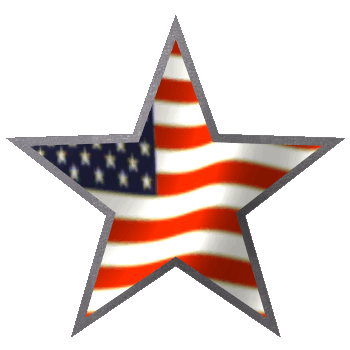|
(2014
midterm assignment) Sample Student Midterm Answers 2014 #3: Web Highlights |
 |
Sarah Robin Roelse
March 02, 2014
Female Hardships Intertwined with
Femininity
Throughout the semester, I have found the
role of women in writing as well as the captivity narratives to be thoroughly
interesting – and I’m not just saying that because I tend to bend more towards
the macabre side of life; but because I genuinely hadn’t ever really thought
about them as works of non-fictitious literature, only as stories.
Looking at the roles of women in the captivity narratives as well as
their places in society is really something extraordinary to consider when
reading a captivity narrative. I
feel like when reading these types of stories without any background, most
people (such as myself) don’t take the story too seriously, but instead think
that this is just some literary work of fiction meant to entertain the reader,
when in fact it is often true life for the women mentioned in (or alive to
write) the stories.
I agree with Chrystal Smith’s essay “The
Effects of Women in Captivity Situations,” where she mentions a piece from Jone
Johnson Lewis describing how the women who were taken as captives were thrown
into a world of culture shock
In Elizabeth Eagle’s essay “The Captivity
Narrative: The Stories of Mary
Jemison and Mary Rowlandson,” which condenses the captivity narratives of Mary
Jemison and Mary Rowlandson, we also see the connection of how life for women
changes drastically when torn from white society and submerged head first into,
what is often referred to as, a barbaric or savage way of life
Again, referring to Elizabeth Eagle’s
writing on women’s roles in society in her essay “The Female Voice” (both in and
out of captivity), we have to realize the hardships that were placed on women
during the 17th and 18th centuries
I have never considered myself to be a
feminist in any definition of the word, but by reading these works from such
differing women, I feel a sense of empowerment from my own femininity.
I see the hardships that women have had to go through to get to where we
are today – and even though we still have such a long struggle to go, I can see
the progress that we have made is immense.
After reading these women’s writings, as well as others, I can say that I
am proud to be a female writer – even if my writing doesn’t go down in history
as being something superb and memorable; I am just happy to say that I have the
ability and strength that these women did in order to keep pushing on through
the criticism and harsh realities of our world.



